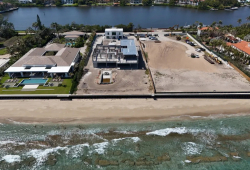
Foreign Property News | Posted by Si Thu Aung
1. Snake Island, Brazil

About 93 miles off the coast of Sao Paulo, Brazil is Ilha da Queimada Granda, also known as Snake Island. To what does it owe this title? Researchers estimate there are between one and five snakes here per 10 square feet. The snakes, specifically golden lanceheads, are known for their poison, which literally disintegrates flesh around their bites.
So maybe it’s not such a bad thing that you’re not allowed to visit Snake Island…
2. Lascaux Caves, France
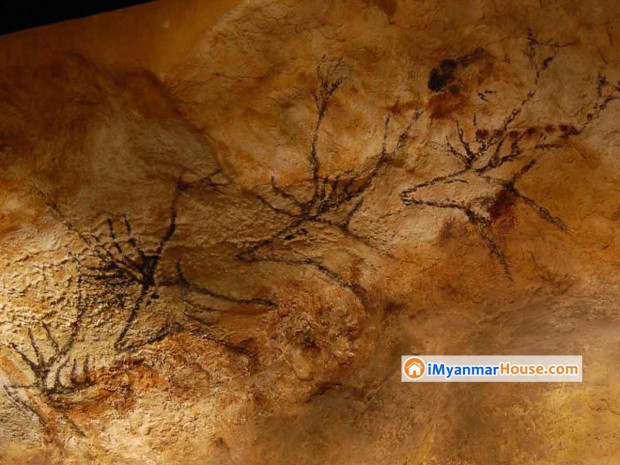
In the quest to discover the history of the human race, there is one spectacular place that provides enormous insight. The Lascaux Caves in southwestern France are home to a series of stunning Paleolithic paintings, estimated to be up to 20,000 years old. The paintings, which plaster the walls of the cave, are hauntingly vivid, depicting stags, cattle, bison, cats and more. But the most incredible of all the paintings can be found in the Hall of the Bulls, which is known for its four bull murals, one of which is 17 feet long.
Sadly, the caves have been banned to the public since the 1960s, as they have been invaded by fungi and black mold, both detrimental to human health. Plus, human presence is considered destructive to the works of art.
Fortunately, though, you can experience the next best thing: Last year, a museum and cave replica right next to the real deal opened to the public.
3. Area 51, United States

A conspiracy theorist's playground, Area 51 has stumped the public for decades. The hidden military base in the Nevada desert has kept its purpose a secret for quite some time, though many like to believe it's kept for alien testing.
One thing is for sure — attempting to access the forbidden area would be highly irresponsible, as the grounds are protected by mines and other defenses.
4. North Sentinel Island, India
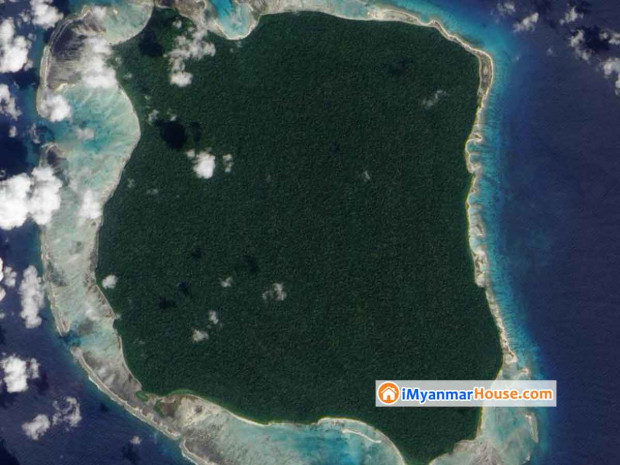
On North Sentinel Island, a small island in the Andaman chain in the Bay of Bengal, natives have long been opposed to the influences of the modern world. In fact, the Sentinelese people who live on the island refuse communication with any outsiders, and are willing to get violent to protect their isolation. Following the 2004 tsunami, when the Indian Coast Guard flew a reconnaissance mission over the island, men reportedly emerged from the forests to shoot arrows at the helicopter, which did not land.
The Sentinelese have lived on the island for some 60,000 years, and with the protection of the Indian government — which prohibits visitors of any kind.
5. Bohemian Grove, United States
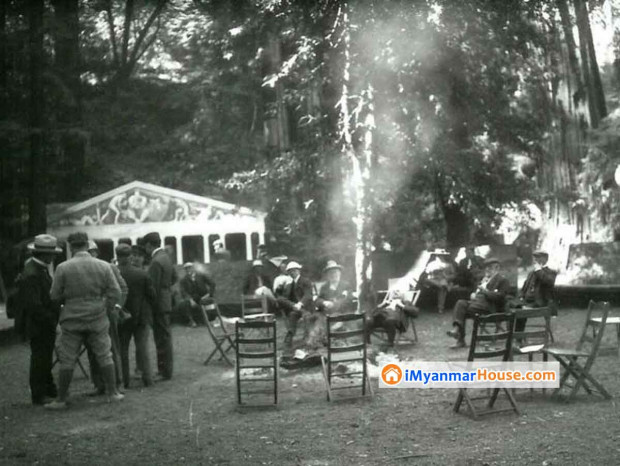
This 2,700-acre campground in Monte Rio, Calif., is the ultimate playground for men. Each July, the Grove hosts a two-week bacchanalian blowout for VIPs around the world. Past and present members include U.S. presidents, government members, business leaders, artists and musicians.
6. Ise Grand Shrine, Japan

There is estimated to be upwards of 80,000 shrines in the island nation. But none is more important than the Ise Grand Shrine, an intricate temple that happens to be one of the most expensive in the country due to the detail of its architecture.
The shrine is rebuilt every 20 years (at a million-dollar price tag), in order to symbolize the Shinto tradition of death and renewal of nature. The current iteration was build in 2013. And unless you're a member of the Japanese imperial family, there's no chance you'll be entering the hallowed halls of this ancient, significant representation of Japanese culture.
7. Heard Island, Australia
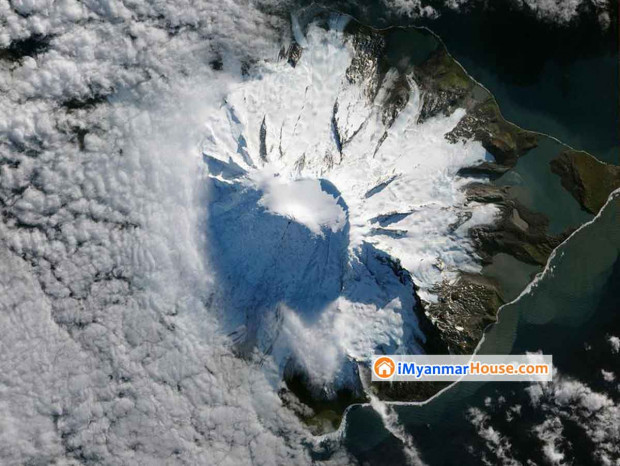
There's the ends of the earth, and then there's Heard Island. One of the most remote islands in the world, Heard Island technically belongs to Australia but can be found somewhere between Madagascar and Antarctica.
The island is known for its two active volcanoes, but for the most part it's thoroughly blanketed in ice. Inhabitants include seals, birds and four types of penguins. Humans, however, are not permitted to visit, though landings to the nearby McDonald Islands are allowed solely for "compelling scientific reasons."
8. Poveglia, Italy

Twisted doesn't begin to describe the history of Poveglia Island, a small island between Venice and Lido in Northern Italy. For centuries the small island has been prime real estate for, well, dumping of the dead. The island became a quarantine colony in the 14th century for victims of the Bubonic Plague. In the 19th century, Poveglia became an asylum for the area's mentally ill, where it was rumored that a cruel doctor performed experiments on the patients.
Today the island is abandoned, save for the ghosts of the tortured souls that once lived there. Tourists and locals are banned from visiting, unless you want to undergo a lengthy paperwork process. But as this is considered the most haunted place in Italy, that’s likely for the best.
Ref: Property Report



